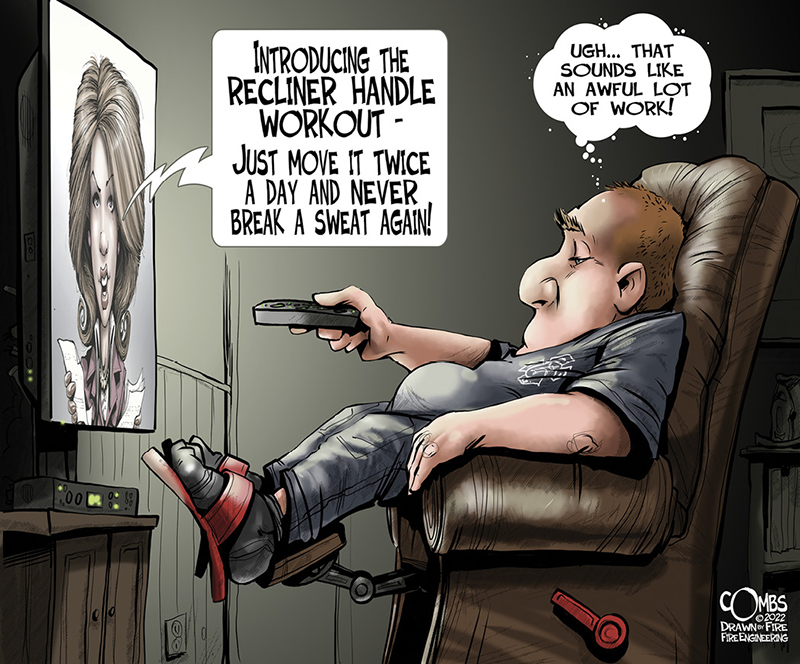Understanding Our History
Recently, I was invited to visit a new fire station in our community. It was a “rebuild” of an existing station in a growing part of the city that lacked several current standards; it really did not fully serve the needs of the personnel assigned there or properly house the current inventory of apparatus and support functions. The crew was very welcoming and more than willing to “give me a tour” of the latest addition to the department.
We eventually ended up at the kitchen table, where the conversation easily turned to promotions, retirements, and the usual matters heard in most stations across the country. New topics added to the conversation included frequent changes to pandemic protocols, vaccination controversies, increasing runs for drug overdoses, population growth and area development, and traffic intensity that was slowing response times citywide.
Most of the crew was young and had only been on the job a short time. The few old-timers who had busted the 20-plus-year mark were now considered well seasoned. That led me to ask a few questions about conditions and practices in the fire station culture of 2021, compared to my own archival experiences. It appeared from the responses that little departmental “history” had been part of the orientation process. I think this is true with fire-rescue agencies today, regardless of location. Since much of our history is “agency-specific,” it can’t easily be packaged for mass consumption. It has to be organized and well presented, and that takes time away from the limited hours available during basic training or orientation. It isn’t that history isn’t important; it’s just that it’s not that important when measured against other concerns.
During my visit, it also became evident that most of the crew felt that things around the station (sanitation and decon standards, interior space air quality, kitchen facilities, state-of-the-art apparatus features, National Fire Protection Association-compliant station wear and turnout gear, and physical conditioning equipment) “must have always been this way”—right or wrong? I respectfully challenge senior leadership in local fire departments in this country to include some historical context and understanding of how the array of today’s benefits and improvements (many related to firefighter safety) came to be.
The chiefs I know want the safest environment possible for those who do a tremendous job for the public every day. It should also be part of the organizational culture to understand and appreciate the progress that has been made over the years for everyone’s benefit—and that includes the next group of recruits who will take their place on the roster in days to come. Lots of challenging work (with many successes and some failures along the way) has been invested to improve safety and environmental conditions in fire stations and elsewhere. Some were simple gains; still others required serious “nose-to-nose” conversations.
Let’s not forget those who stood up in earlier days to create the foundations of codes, recommended practices, and professional standards that we might now be taking for granted. An informal “historian” might well be designated in each agency to create and maintain a sense of achievement and progress during basic training or orientation classes.
Let’s face it, enhanced safety and health features cost a lot of money and may be challenged by those outside the fire service. You should be prepared to explain both the “what” and “why” of these matters if challenged. I submit that an enhanced historical perspective can be a powerful tool. So, let’s begin to use it wisely and often.
Kerry B. Koen
Chief (Ret.)
Boca Raton, Florida


